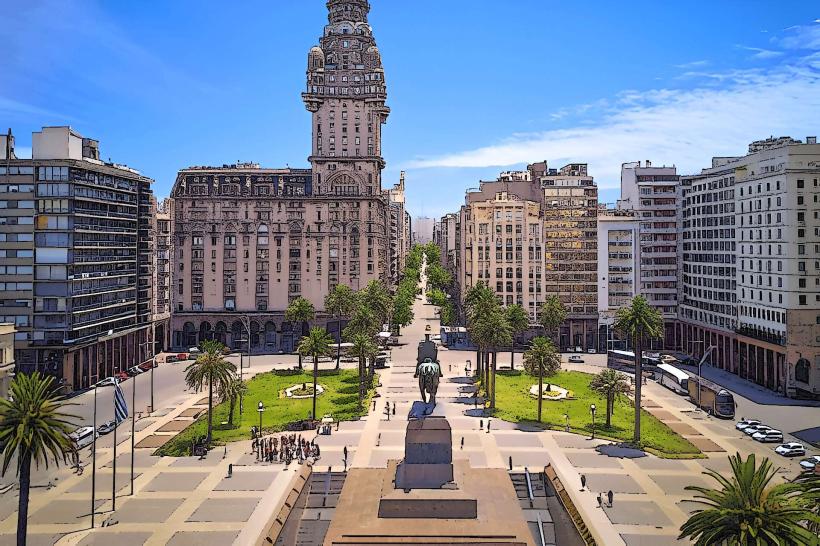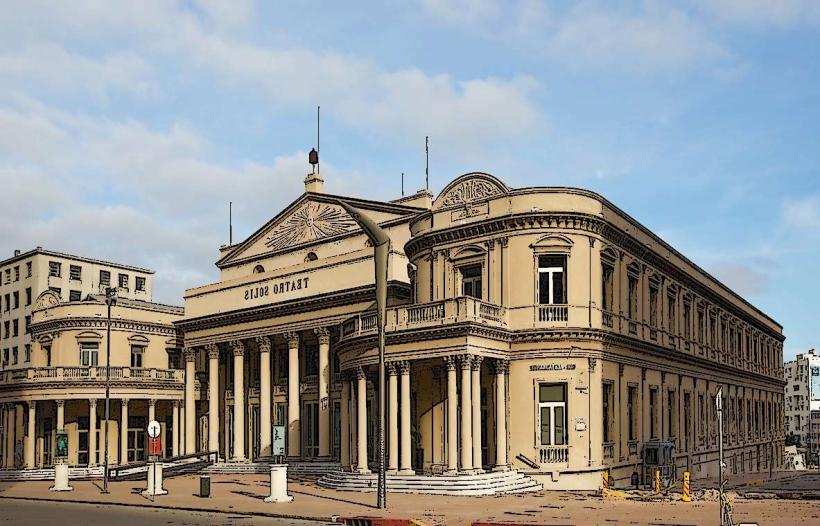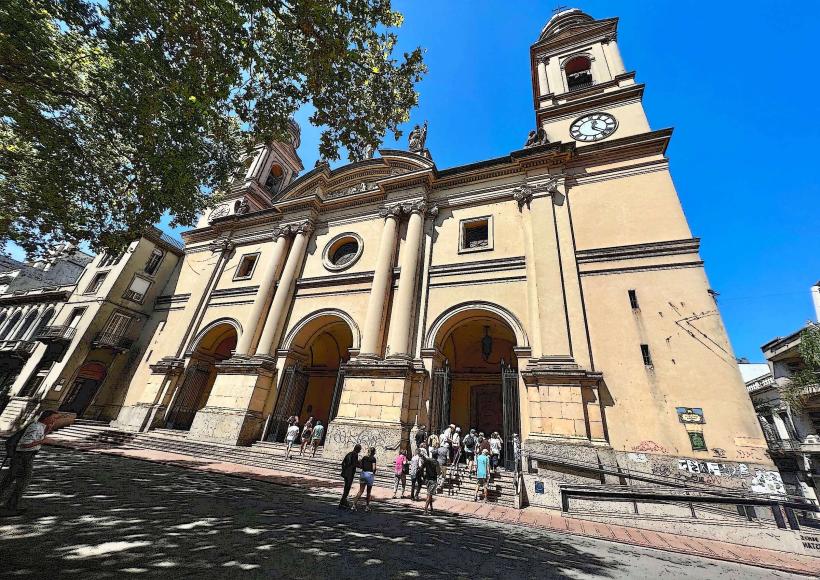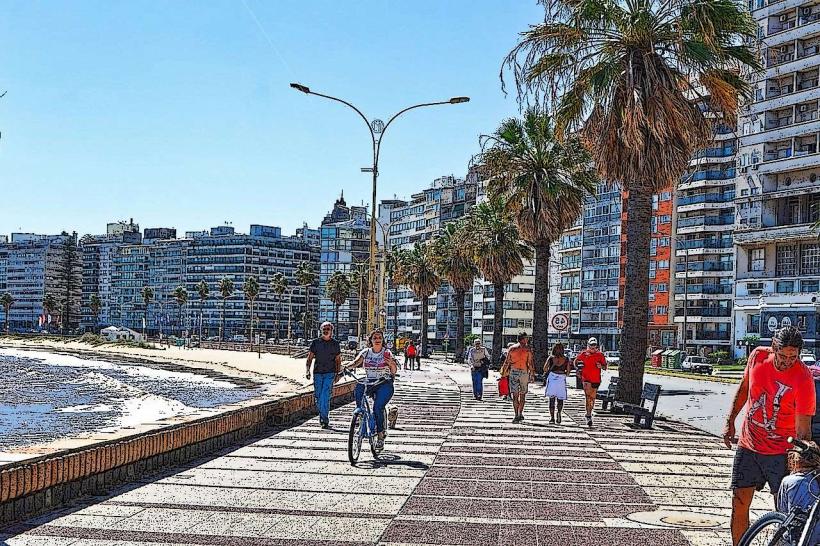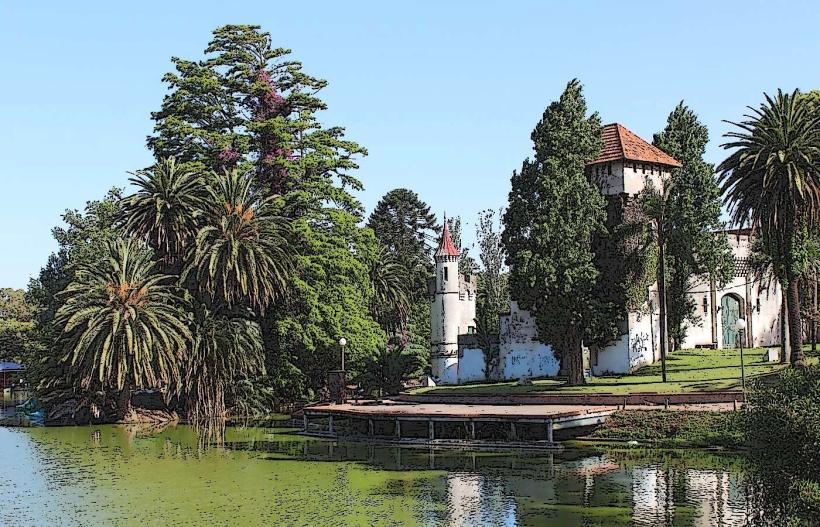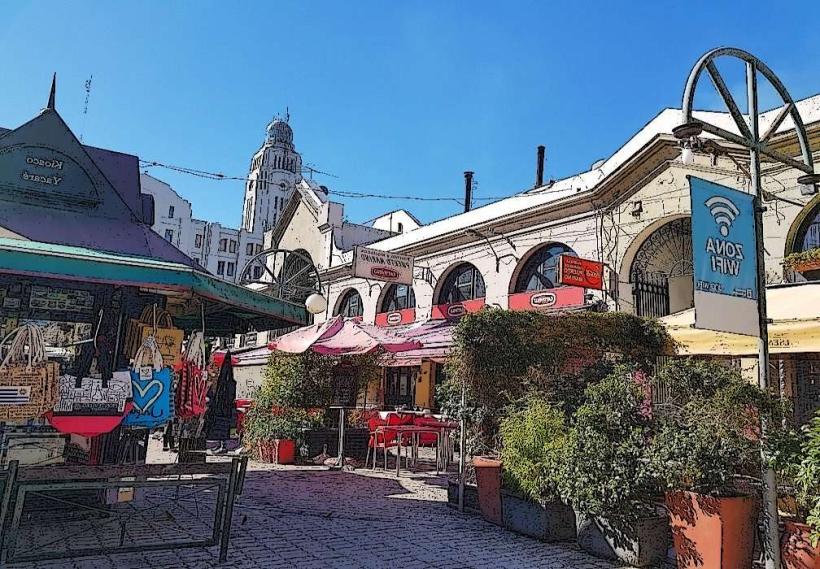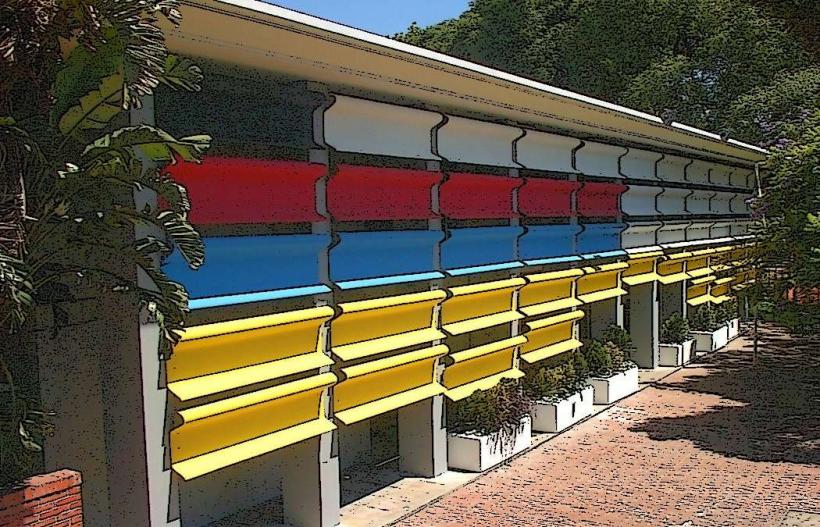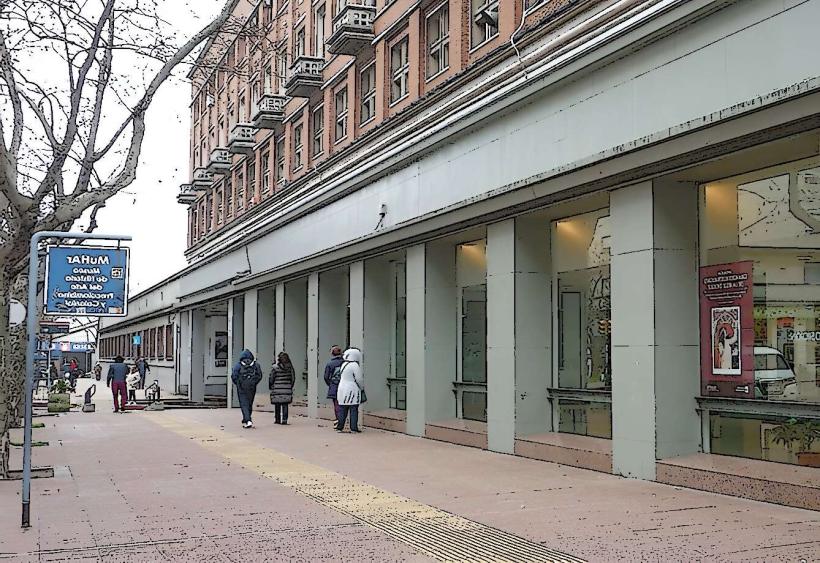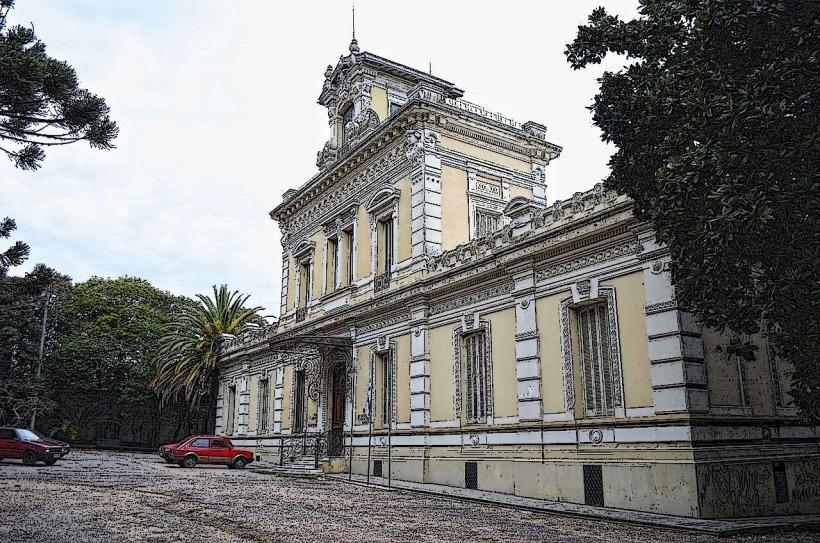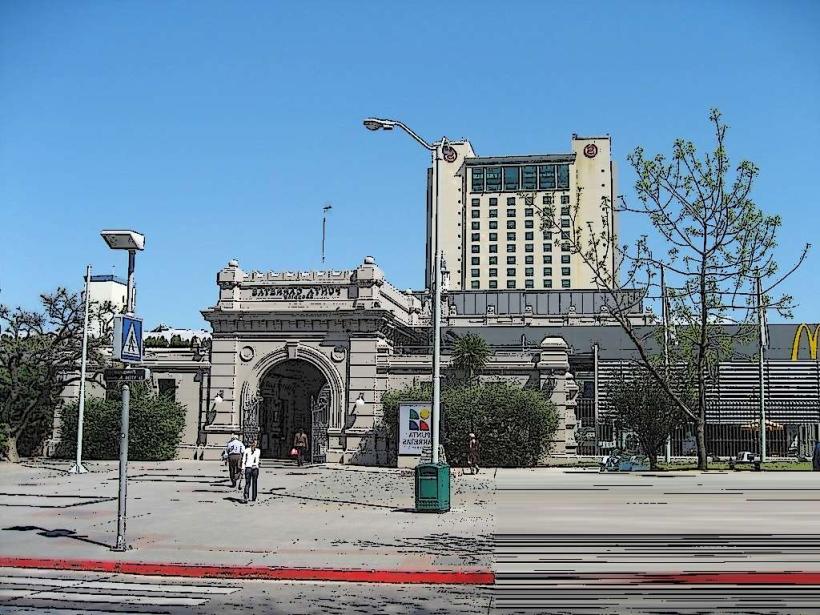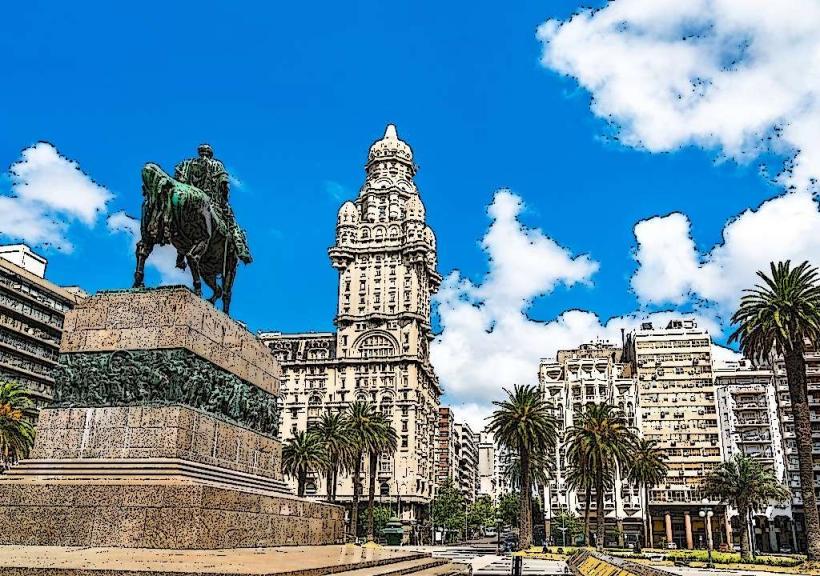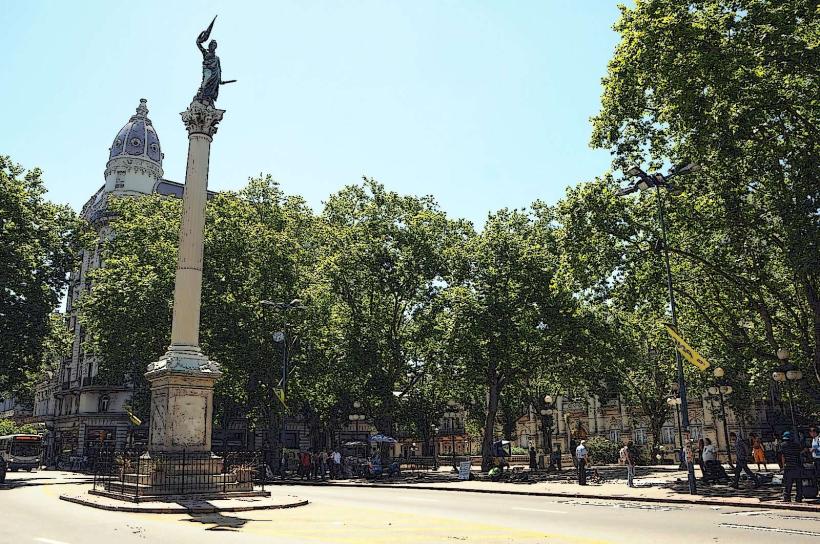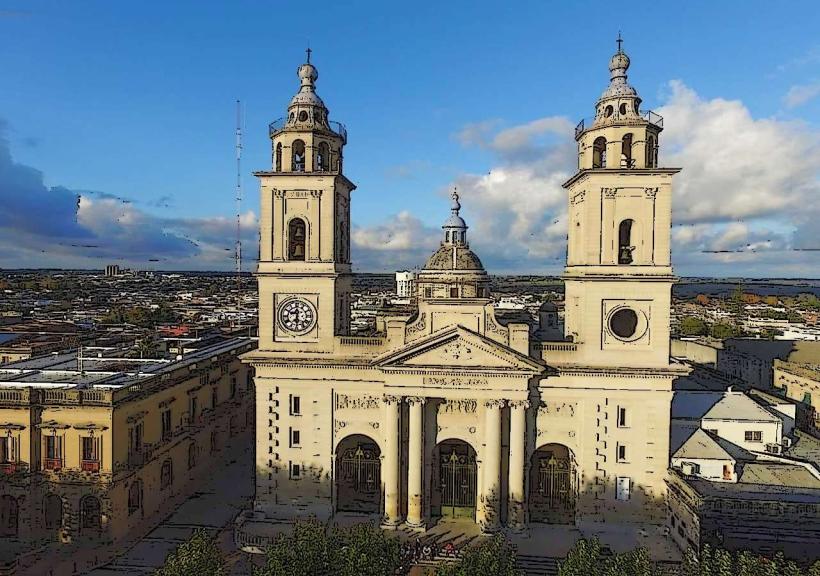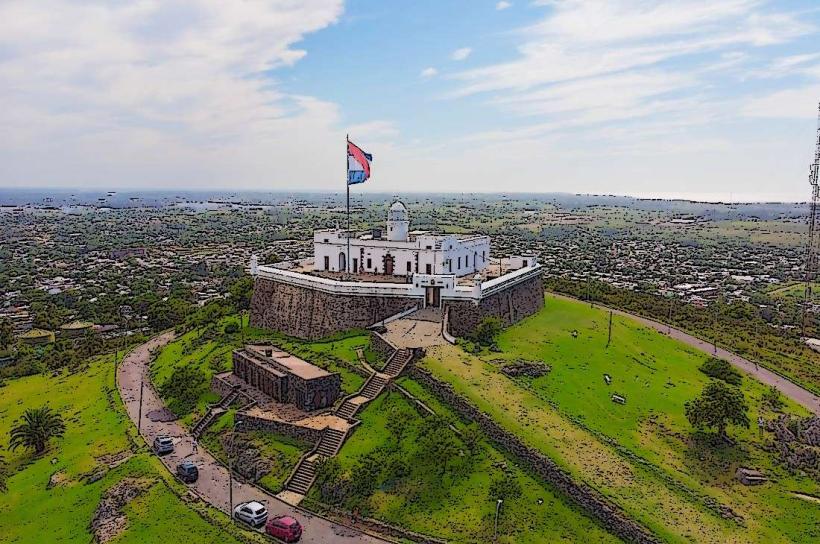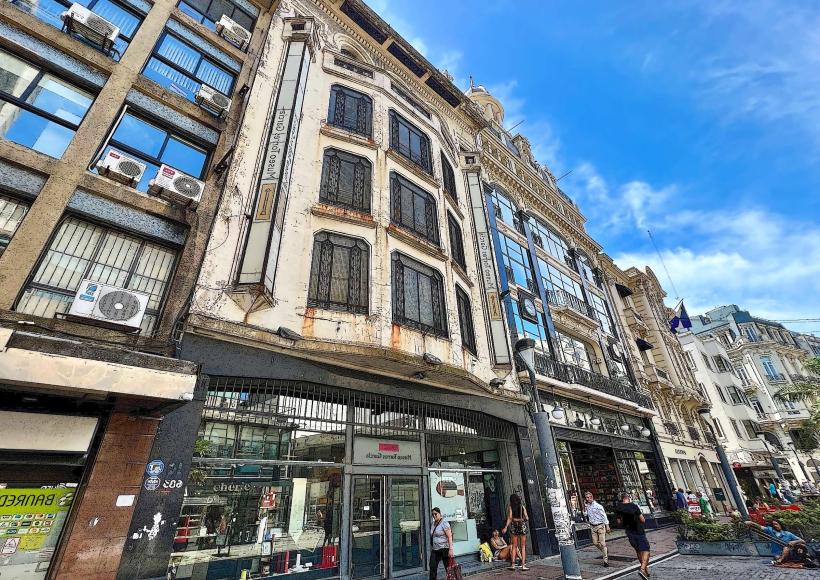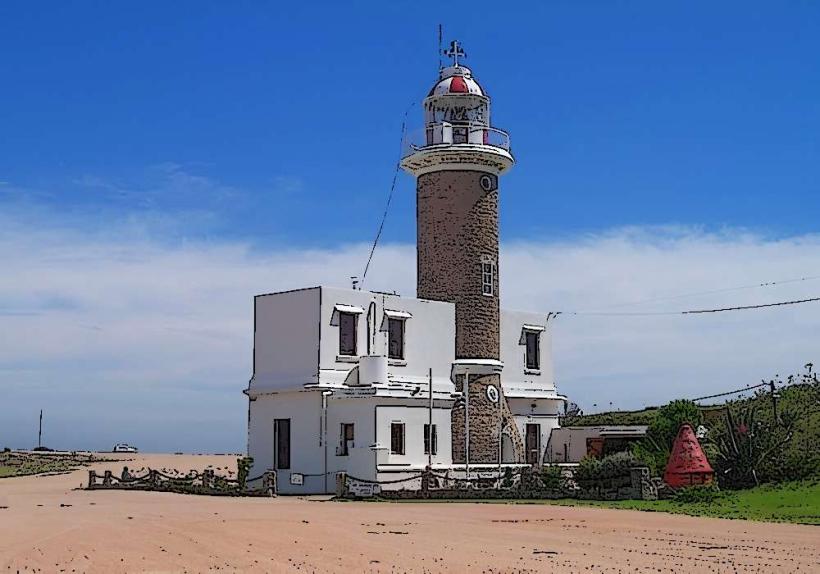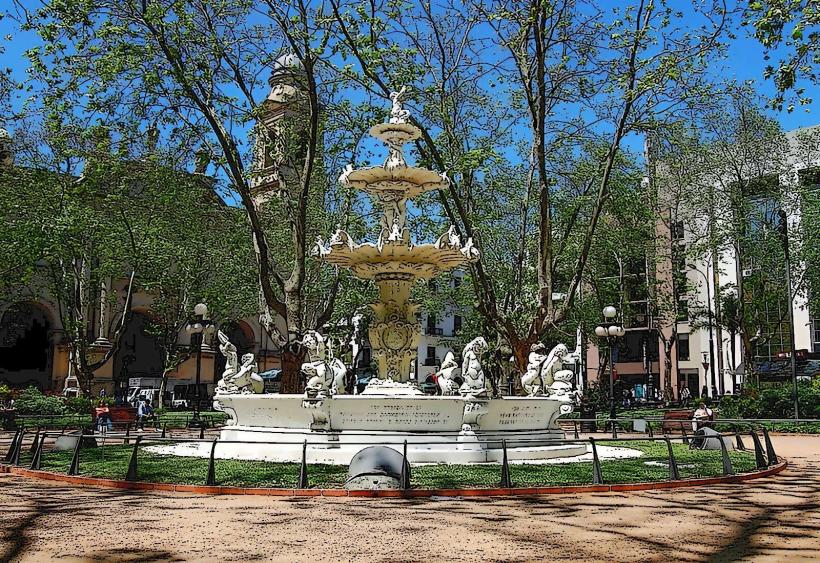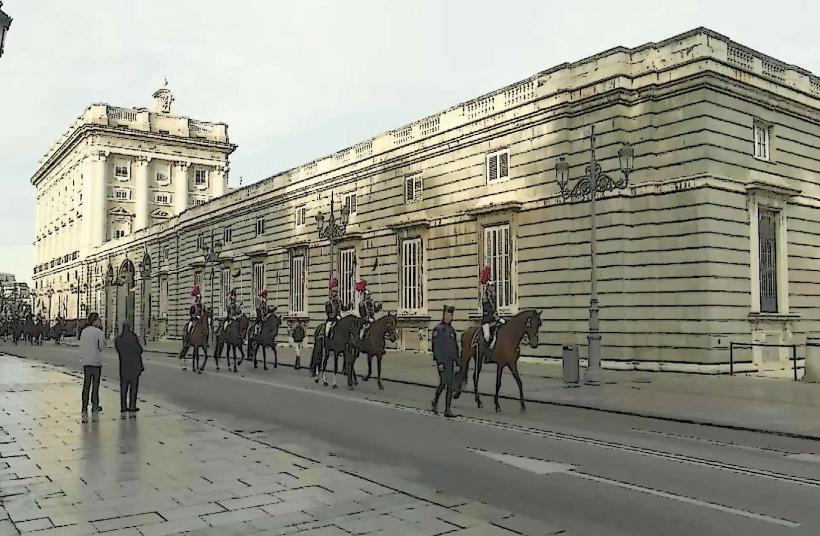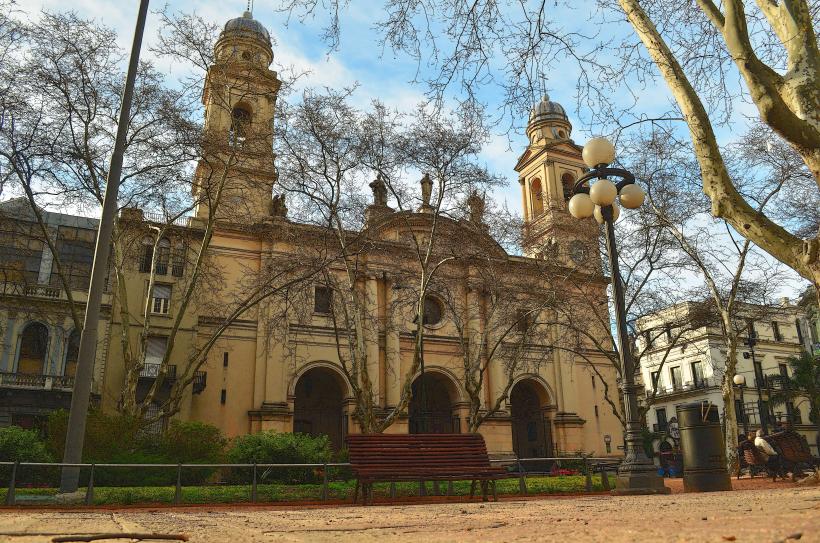Information
Landmark: Parque BatlleCity: Montevideo
Country: Uruguay
Continent: South America
Parque Batlle, Montevideo, Uruguay, South America
Overview
Parque Batlle, often called the green heart of Montevideo, stretches out with wide lawns, shaded paths, and monuments that tell the city’s story, all while pulsing with Uruguay’s deep love for sports.In the city’s center-east, it draws locals and visitors with its blend of shaded paths, open green spaces, and stories from the past.Once known as Parque de los Aliados, the park took shape in the early 20th century as a cornerstone of the city’s push to expand, with new tree-lined paths stretching into what had been open fields.In 1911, they renamed it Parque Batlle to honor José Batlle y Ordóñez, Uruguay’s president then, a leader who pushed trains, schools, and cities toward a modern future.Over the years, Parque Batlle has grown into a proud emblem of Uruguay, with marble monuments, lively sports arenas, and green gardens that whisper the country’s history and triumphs.Top sights in Parque Batlle, like the sunlit Obelisk at the park’s heart.One of the park’s most iconic sights is Estadio Centenario, nicknamed the Temple of Football, built for the 1930 FIFA World Cup, where Uruguay lifted the trophy in the very first final under a cloudless summer sky.Recognized as a FIFA World Heritage Site, this stadium ranks among the most storied in the world, its old stone steps worn smooth by decades of cheering fans.It’s home to the Football Museum, where you can see jerseys, medals, and other treasures from Uruguay’s World Cup wins in 1930 and 1950, along with highlights from the nation’s rich football history.It still hosts everything from local and international matches to roaring concerts and big-name events.Step two slips in after the first-keep the pace steady, like counting the next beat in a song.La Carreta, a striking bronze monument by José Belloni, has stood in Montevideo since 1934, its oxen frozen mid‑stride in the sun.It shows a pair of oxen straining against the weight of a wooden cart, a scene that captures Uruguay’s rural roots and the hard, dusty work of its first settlers.Three.Rising 40 meters into the sky, the Obelisk of Montevideo was built in 1938 to honor the 1830 Constituent Assembly, the body that drafted Uruguay’s first constitution.Crafted from granite and bronze, it shows three figures-law, liberty, and strength-standing tall, their edges catching the late afternoon light.Number four.Parque de la Amistad, or Friendship Park, welcomes families with wide paths, bright playgrounds, adapted swings, and quiet sensory corners where kids with disabilities can play comfortably.You can get to this park more easily than almost any other in Montevideo-it’s just a short walk from the main bus stop.Five.Parque Batlle’s outdoor sports facilities rank among the best in Montevideo, with running and cycling tracks where athletes pound the pavement every day.Public tennis and basketball courts, open for anyone to play-grab a racket or bounce a ball on a sunny afternoon.Sturdy outdoor gym equipment stands ready, inviting you to grab the cool metal bars and get moving.So, why should you visit Parque Batlle?Sports lovers will feel right at home here, with world-class stadiums and smooth, sunlit running tracks.Steeped in history and alive with culture, it boasts iconic monuments like weathered stone arches that catch the late afternoon light.A peaceful getaway with lush lawns and blooming gardens where the air smells faintly of jasmine.Family-friendly fun awaits, from colorful playgrounds to lively parks where kids can climb, slide, and laugh.If you want to feel Montevideo’s love for sports, history, and life outdoors, head to Parque Batlle, where you might hear the crack of a bat from the stadium as you stroll under shady trees.

